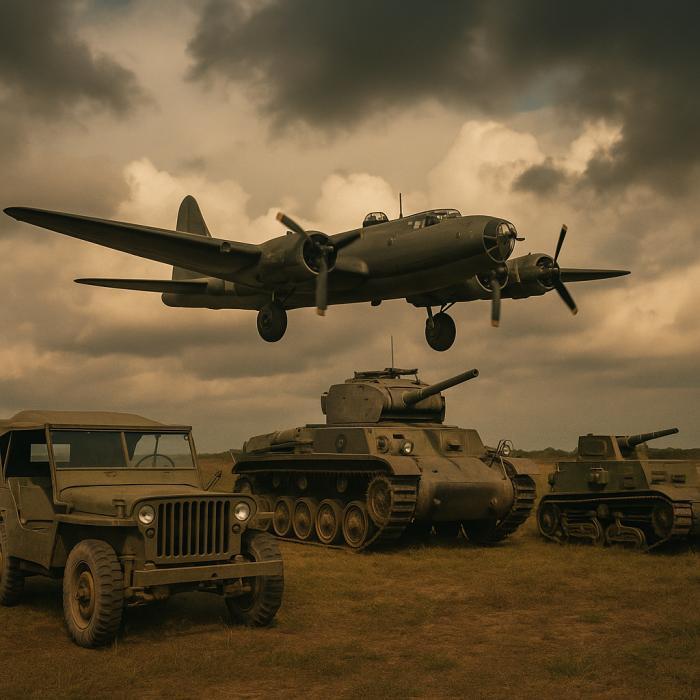5. Bailey Bridge

In warfare, mobility often determines victory or defeat—a reality exemplified by the ingenious Bailey Bridge. Designed by British engineer Donald Bailey, this modular, portable bridge system allowed rapid assembly without heavy machinery or specialized tools. Allied forces swiftly erected these bridges to traverse rivers, ravines, and bombed-out roads, enabling continuous advancement and supply lines to remain intact. Crucial during pivotal campaigns in Italy and Northern Europe, the Bailey Bridge quietly facilitated strategic troop movements, logistical support, and reinforcements, becoming a lifeline that kept momentum firmly in Allied hands when terrain and enemy sabotage threatened progress.


















